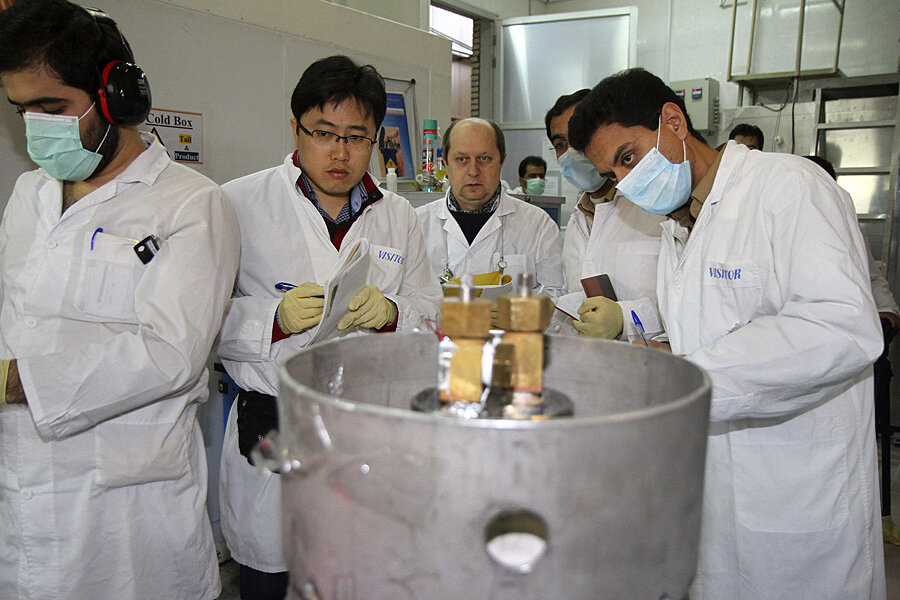How a new imaging technique could make detecting nukes easier
A new imaging technique that relies on neutrons and high-energy photons can detect the presence of "special nuclear materials" carried in cargo containers.
The method, developed by scientists from the Georgia Institute of Technology, the University of Michigan, and Pennsylvania State University, can simultaneously measure the suspected material's density and atomic number using mono-energetic gamma-ray imaging, while minimizing the amount of radiation entering the container itself, thus reducing the likelihood of harming electronics and other items inside.
"This provided proof that the physics works, and that we can use these particles to actually distinguish among various materials, including special nuclear materials," said Igor Jovanovic, professor of nuclear engineering and radiological sciences at University of Michigan.
The technique has not yet been tested in the real-world conditions of a steel cargo container, but researchers hope to one day employ it in real-world detection of cargos arriving at US ports. If proven under real inspection conditions, the technique could significantly improve the ability to prevent the smuggling of dangerous nuclear materials, the researchers say.
The research, published Monday on Nature journal Scientific Reports, is the first successful effort to identify and image uranium using the technique.
The method employs an ion accelerator to generates the deuterons, which are then dashed against boron to produce the neutrons and high-energy photons. Next, the researchers focus those particles into a fan-shaped beam, which scans the cargo.
The photons and neutrons excite nuclear materials present in the cargo, which results in the emission of gamma rays and neutrons that can be detected outside the container. A fission reaction, indicating that fissile materials are inside, produces both "prompt" and "delayed" neutrons. A reaction with non-fissionable materials, on the other hand, does not create a delayed reaction.
"The gamma rays of different energies interact with the material in very different ways, and how the signals are attenuated will be a very good indicator of what the atomic number of the hidden material is, and its potential density," Anna Erickson, an assistant professor in Georgia Tech's George W. Woodruff School of Mechanical Engineering, said in a statement. "We can observe the characteristics of transmission of these particles to understand what we are looking at."
"If you have something benign, but heavy – like tungsten, for instance – versus something heavy and shielded like uranium, we can tell from the signatures of the neutrons," Erickson said. "We can see the signature of special nuclear materials very clearly in the form of delayed neutrons. This happens only if there are special nuclear materials present."
Earlier methods used to detect cargos with radioactive materials used X-rays, which proved difficult because of the containers' heavy shielding. High levels of X-ray radiation also harmed electronics and other materials inside the cargo. The new method, however, minimizes the amount of radiation entering the container, making it more feasible for use at US ports.







